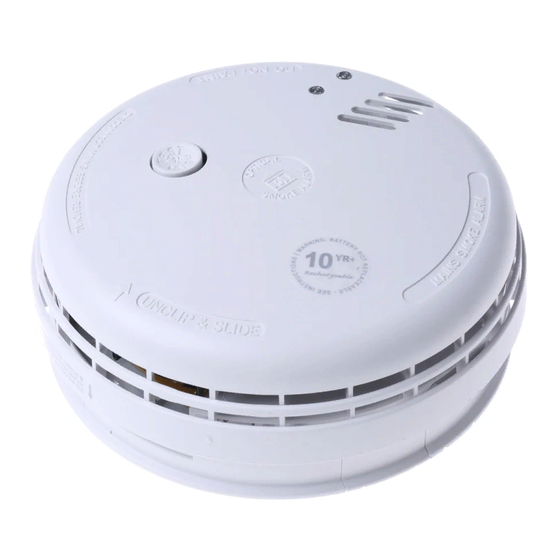Advertisement
Quick Links
Frequently Asked Questions
Mains Powered
Smoke, Heat
and RF Alarms
Aico Ltd , Mile End Business Park, Maesbury Road, Oswestry, Shropshire SY10 8NN
Tel: 0870 758 4000 • Fax: 0870 758 4010 • e-mail: enquiries@aico.co.uk • www.aico.co.uk
Customer Service Helpline: 0870 758 4000
E & OE As our policy is one of continuous development, we reserve the right to amend designs and specifications without
prior notice. Every care has been taken to ensure that the contents of this document are correct at the time of
publication and we shall be under no liability whatsoever in respect of such contents.
Aico Ltd is a wholly owned
subsidiary of Ei Electronics
SAFAQ-Issue 5-04/07
Advertisement










Need help?
Do you have a question about the 140 Series and is the answer not in the manual?
Questions and answers